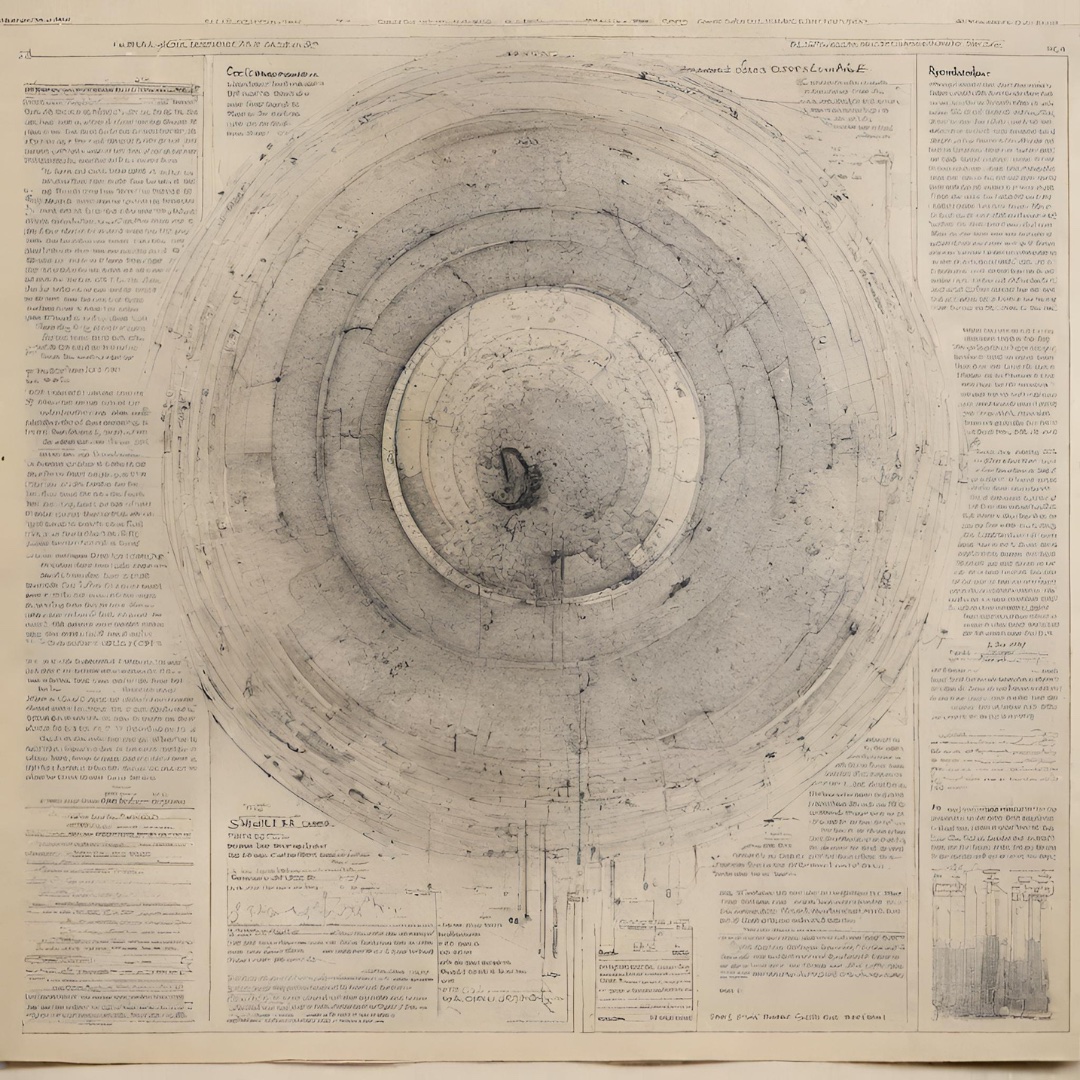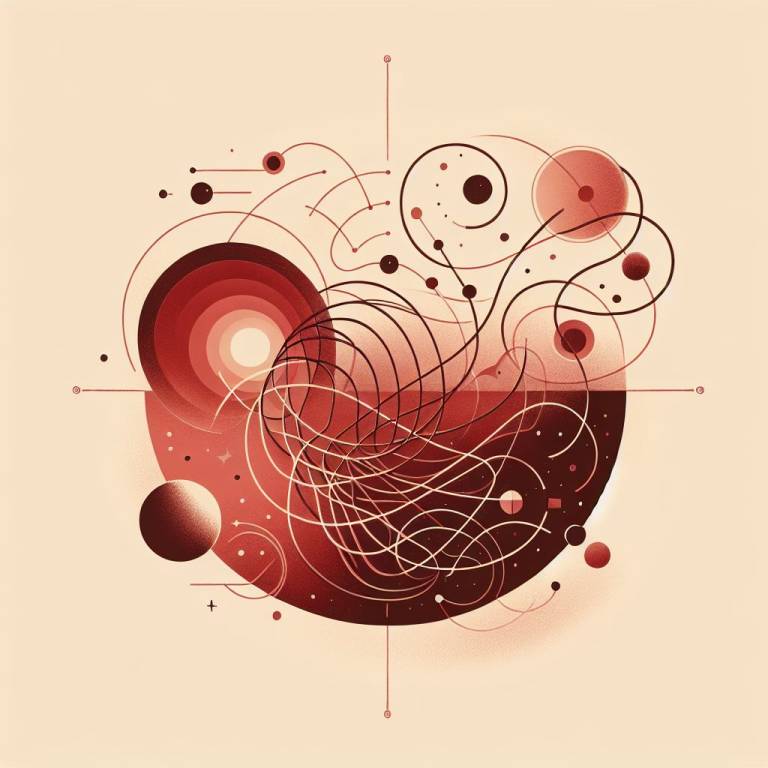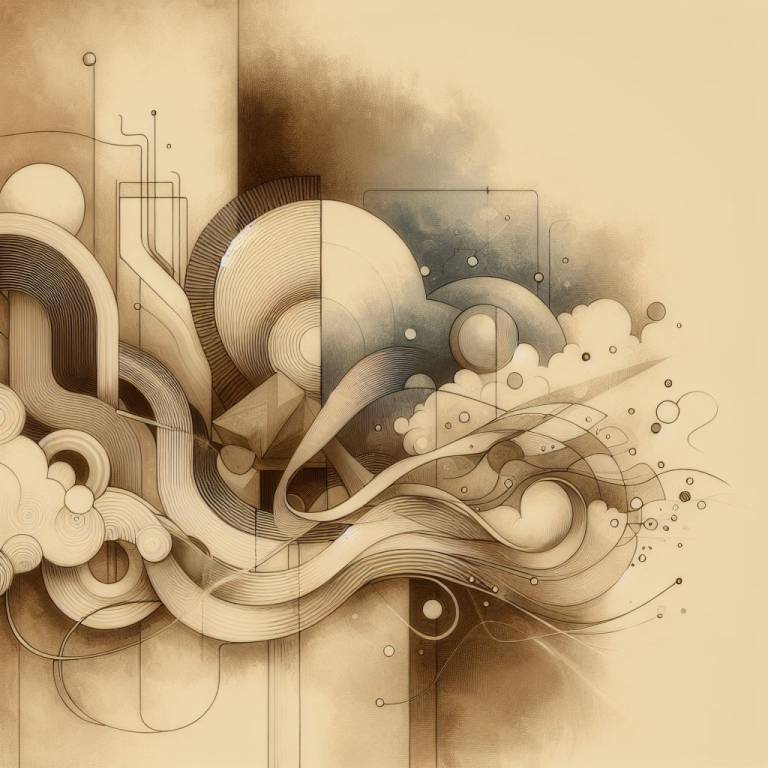The text by Carter and Harris was a convenient entry point to a discussion on posthumanism and new materialism as it does not report any specific research but rather stands as a commentary on posthumanist approaches in International Relations in general. By contrast, Gitte du Plessis’ article embeds the posthumanist approach into the specific research theme of childhood malnutrition.
From kinds thinking to patch politics
Carter and Harris’ “The end of Normal Politics” argues for the necessity to rethink International Relations theories. According to the authors, IR is now dominated by anthropocentric political theorizing and language, which “prevents non-humans from taking their proper place in the political realm” (p. 14). The authors refer to this as “Normal Politics”, which also argued to be the reason why climate crisis has not emerged as a major political concern (p. 26). Following Anna Tsing, they argue that such an anthropocentric gaze of the political is enabled by “kinds thinking”.
Kinds thinking refers to the practice of separating and delineating the world into discrete types. Instead, the authors suggest assemblage politics which “celebrates the patchy, complex nature of the world and emphasizes the centrality and power of the non-human to politics at every scale” (p. 27). They specifically contrast their “patch politics” to IR calls for “planet politics” (Burke et al. 2016). They then contemplate on the implications of such patch politics using three examples: car use, Brexit, and the climate crisis.
The critique of anthropocentrism may depoliticize by obscuring the fact that certain groups of people bear more responsibility for the multifaceted socio-ecological crisis
Carter and Harris argue against understanding the political world in terms of individuals (meaning humans) with individual rights and responsibilities, which prompts privatization and individualization — the “anthropocentric world of rights and choices” (p. 26). While we found this to be an important contribution, we were left wondering about the concept of normal politics. The authors seem to generalize all political realms with “anthrocentric concerns” (p. 15) under the idea of normal politics regardless of their political alignment. We also discussed the depoliticizing effects of such an understanding of normal politics and anthropocentrism. It is reflected in those critiques of the term Anthropocene that point out the importance of questioning who the term “anthropos” stands for. The tendency to use the term Anthropocene to refer to the human impact on the environment obscures the fact that certain groups of people, individuals, and states bear considerably more responsibility for the multifaceted socio-ecological crisis than others and that it also impacts some groups disproportionately more than others. The gendered and racialized aspects are especially relevant here.
What are those who suffer from childhood malnutrition suffering from?
The article “Destructive Plasticity and the Microbial Geopolitics of Childhood Malnutrition” by Gitte du Plessis seeks to add multispecies or more-than-human perspectives to the political dynamics of international life. By suggesting greater attention toward international politics beyond human experiences, these more-than-human perspectives challenge the very grounds on which the disciplinary identity of international relations and global politics has traditionally rested.
Du Plessis brings microbes into play to analyze the racialized geopolitics of childhood malnutrition. She builds her argument by moving across various scales – from microbial gut communities to the system of racialized capitalism. As we discussed in the reading group, the article is a challenging but highly rewarding read. Entirely new insights into what IR is “all about” emerge from it. Du Plessis starts from the gut microbiome of malnourished children to build a broader theory of colonial-capitalist politics of hunger and underdevelopment, which shows that microbiological is also international.
The analysis that runs from the gut microbiome of malnourished children to colonial-capitalist politics of underdevelopment shows that the microbiological is also international
A reader coming from a social scientific IR background may have to struggle a bit with those sections of the text that analyze childhood malnutrition as a medical issue and focus on its microbial aspect. At the same time, it is eye-opening to learn that malnutrition is not only an issue of an insufficient intake of nutrients, but the “plastic materiality of gut microbes” also plays a key role in it.
Du Plessis adopts the term plasticity from Catherine Malabou who works at the intersection of continental philosophy and neuroscience. For Malabou, the plasticity of the brain is different from both flexibility and elasticity: “Plasticity lies ‘between determinism and freedom’” (Catherine Malabou cit du Plessis, p. 307). It stands for the definitive character of form as well as its malleability. In destructive plasticity – a key concept also in the article by du Plessis – the nature of being changes. Destructive plasticity refers to “formation through destruction”. (At least for a Finnish speaker, recourse to the French language where the verb plastiquer refers to bombing might be helpful to grasp this point). Malabou argues that the capacity of the human brain to change is often discussed in exclusively positive terms, as a capacity to learn, evolve and remember. However, in the case of brain injury, for example, the plastic brain is transformed to the extent of a person becoming someone entirely other (e.g. ceasing to remember who they previously were).
Those who suffer from malnutrition suffer from intentional neglect and a politically manufactured disease
Bringing these insights to bear on the issue of malnutrition, du Plessis reminds us that something similar happens when the gut microbiome, after multiple infections or courses of antibiotics, becomes annihilated to the point that its equilibriums cannot be re-established (p. 309). Such “ontological annihilation cannot be healed or recovered” (p. 310). Here, the reader starts to grasp how the microbiological and geopolitical are intertwined: Considered ontologically, malnutrition forces us to recognize that those who suffer from malnutrition actually suffer from intentional neglect and a politically manufactured disease – “a necropolitical condition of leaving people with too little to the point where their own systems turn against them” (p. 314). Malnutrition, as du Plessis powerfully argues, shows that due to the structural violence of hunger, racialized capitalism, poverty and underdevelopment, millions are deprived of the plastic possibility to “make ourselves”.
The article concludes with a powerful argument about the “politics of nurturing”: In this political project, children and caregivers would have the agency to form their own lives – “not symbolically speaking but biologically, from within” (p. 318). As du Plessis reminds us, while this may sound rather simple, it would require major changes in contemporary food systems and regimes of development. At the reading group, we discussed that du Plessis’s argument might still be understood in human-centric terms: its focus is on childhood malnutrition among humans. However, it is important to recognize that the politics of nurturing is “a multispecies strategy of reclaiming the simple, yet to so many unattainable, act of giving life” (p. 318) as concretized by the fact that efforts to grow and access nutritious food must consider the well-being of workers, land as well as animals.
Recalibrating the boundaries of the discipline
We found both texts very stimulating as new approaches are certainly needed to capture contemporary global crises. The focus and boundaries of the discipline of IR are changing as a result of growing awareness of the climate crisis and human impact on the environment: The state-centrism and anthropocentrism of the discipline of IR have previously been challenged not only by posthuman perspectives but also by debates on planet politics (Burke et. al 2016). The boundaries of the discipline are being recalibrated as the articles we discussed also highlight: Carter and Harris call for interdisciplinarity emphasizing how posthumanist approaches now penetrate different fields of study; du Plessis’ article embodies interdisciplinarity by weaving together medical science and IR to examine a specific global problem.
While progressing with our discussion, we started to ponder what it actually means to do IR research from a posthumanist perspective and what it might change in the projects that we conduct. Carter and Harris’ text, while providing a valuable, comprehensive critique of the anthropocentric gaze in the political, did not feel to offer many openings toward how things could be researched otherwise. Du Plessis’ article takes seriously the microbiome as a political agent, which resonates with the calls to account for the agency of the non-human. However, recognizing that the politics of nurturing is, for du Plessis, a multispecies strategy, we discussed how the argument might still be read in anthropocentric terms as it is focused on the well-being of human beings.
We raised concerns about how new ways of thinking might reinstate new binaries
We were also left wondering about the limitations of posthumanism in the context of conventional ways of doing and communicating academic research through mainly textual and written formats which complicate the possibility of leaving behind the human gaze in research. How could we, being human beings ourselves, achieve or even recognize any shift towards nonhuman ontologies? Moreover, while accounting for the nonhuman aspects of IR is obviously needed, we also raised concerns about how new ways of thinking might reinstate new binaries: We need to categorize to make sense of the world and our discussion also revolved around humans and nonhumans. However, the gut microbiome is a powerful example of the fuzzy boundaries between such categories.
Moreover, we discussed how it is also important for us as scholars in politics to remember that different human communities are positioned differently in relation to various global power geometries. Similarly, nonhumans are not a homogenous group but range across material objects designed and controlled by humans (i.e. cars or infrastructures), to matter (e.g. water), to livable eco-systems (e.g. oceans), to other species (e.g. the microbiome or other mammals). The (ontological) politics of all of them are varied, which is particularly important to keep in mind in a field such as IR.
References
Burke, Anthony, et al. (2016): Planet Politics: A Manifesto from the End of IR. Millennium, 44(3): 499–523, https://doi.org/10.1177/0305829816636674
The images on these pages have been generated with the help of AI tools





